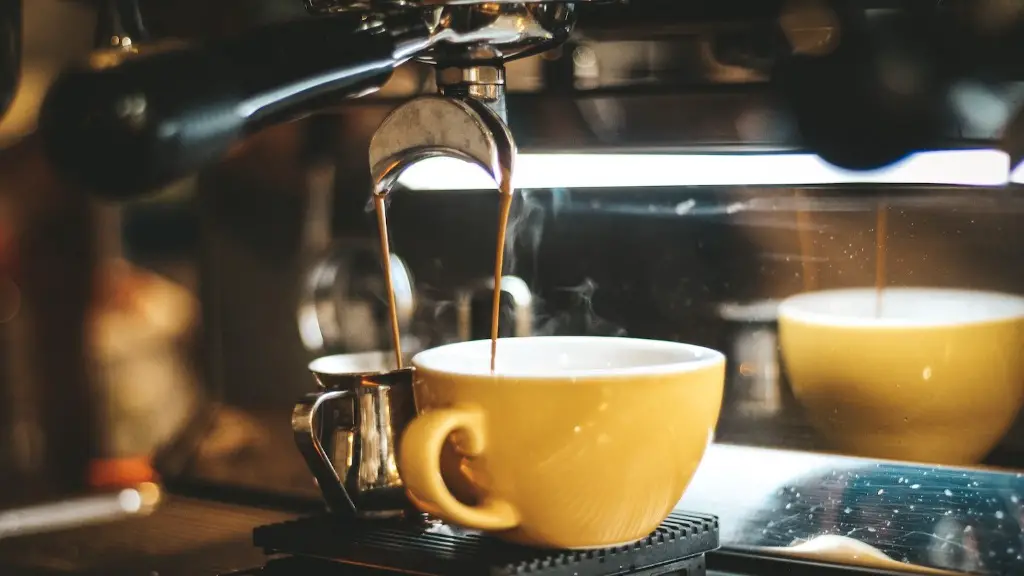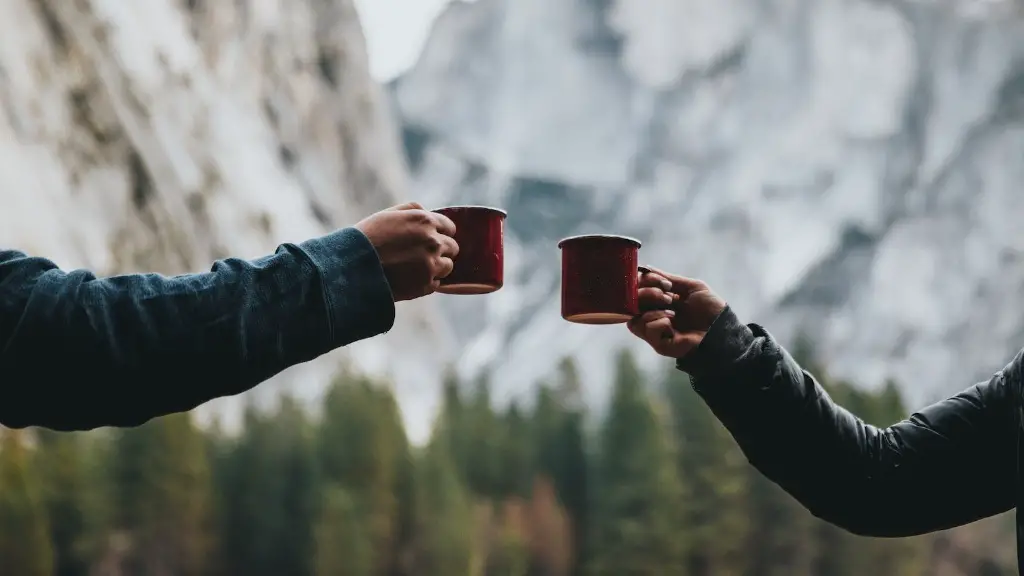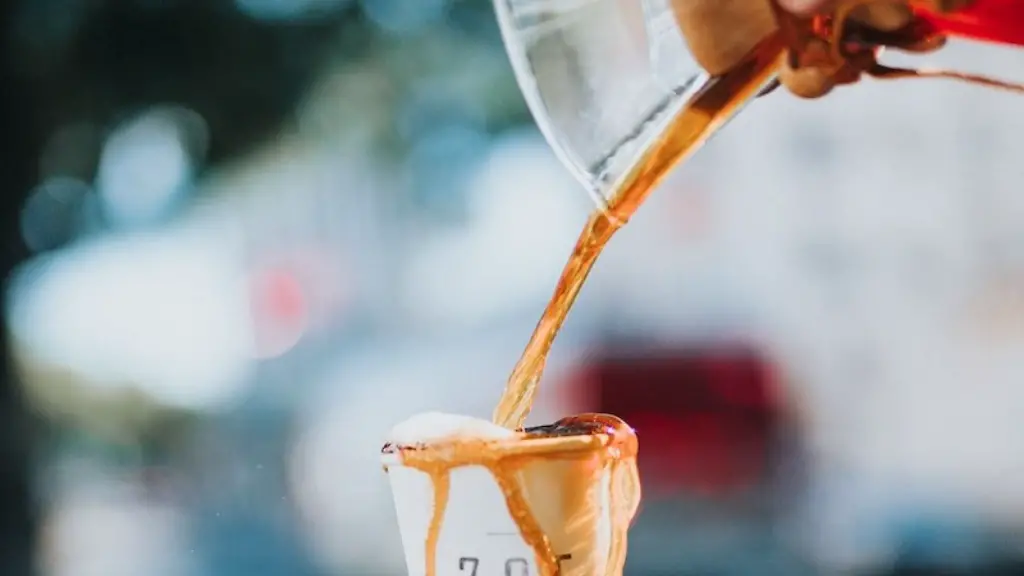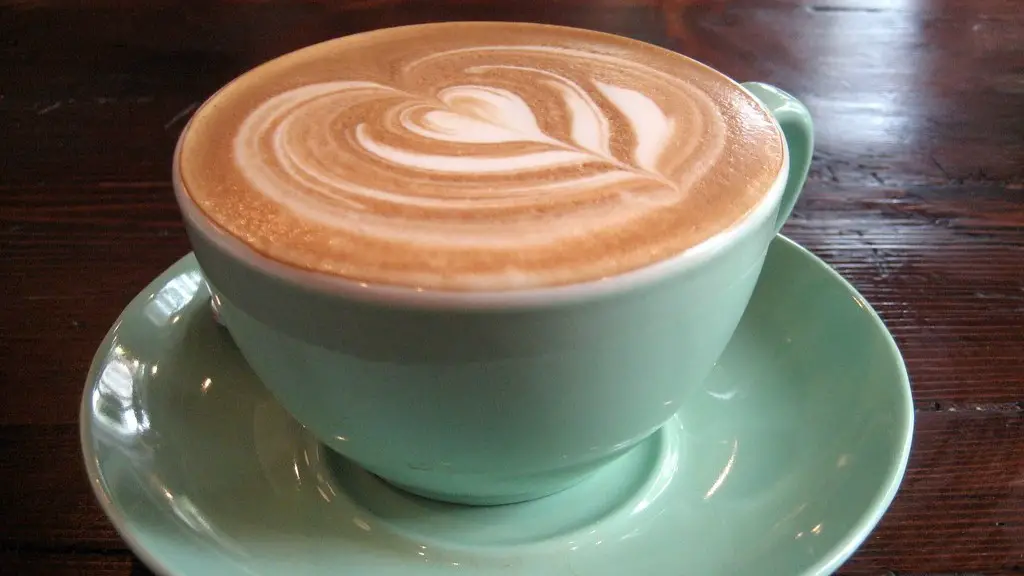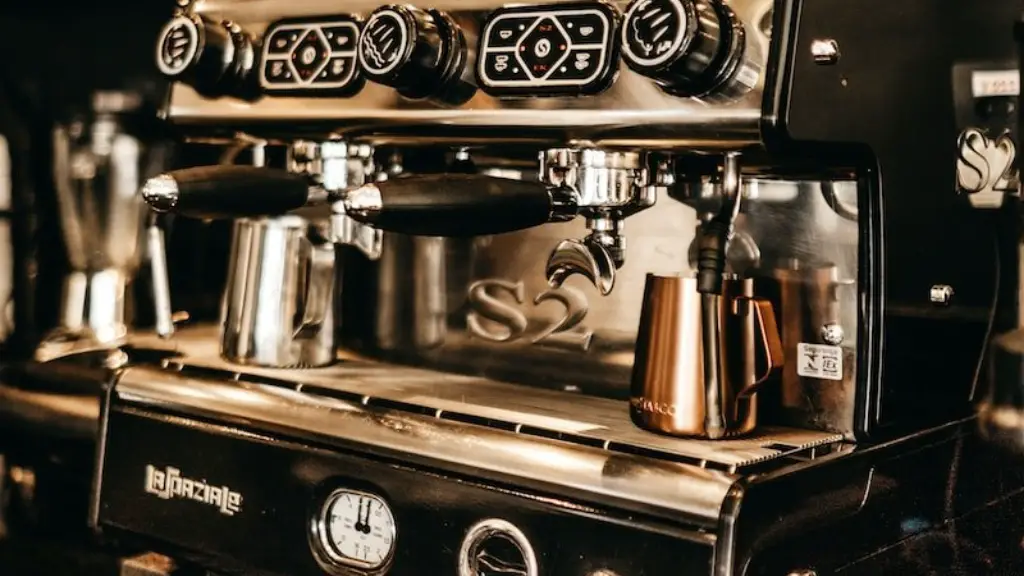Did you know that an estimated 2.25 billion cups of coffee are consumed around the world every single day? That’s about 70 million cups of coffee per hour – no matter the time of day or night, someone somewhere is likely drinking coffee somewhere! So, if we’re looking to answer the question “How many people drink coffee every day?”, the answer is a staggering number. Coffee is quickly becoming a way of life in many cultures worldwide, not just as a daily stimulant, but as a social trend, lifestyle choice, and even a job. Millions of coffee drinkers depend on caffeine as an energy source, while simultaneously using it as a social and lifestyle trend. We’re going to break down some of the most notable coffee trends, locations and how the industry influences our lives.
Coffee in America
Americans consume around 400 million cups of coffee every day, with approximately 70 million of those daily consumers having an addiction to caffeine. To put this into perspective, one cup of 70 milligrams has the same amount of caffeine as a 1.5-2 oz espresso shot. The amount of money Americans are spending on coffee continues to rise exponentially. According to a 2017 retail sales data from CNBC, Americans spent a total of $38.8 billion dollars on coffee alone that year. It’s no surprise then that the US holds the title for the highest global market share in terms of coffee consumption.
As if to emphasize the historical and social presence of coffee throughout the country, iconic brands like Starbucks and Dunkin’ Donuts have tackled the market globally. Consumers of these brands, as well as visits to local coffee shops and other similar establishments, contribute to the daily coffee consumption of the US. To know more about their trends and coffee drinking habits, it is important to know that consuming coffee is usually done much earlier in the day. Americans are more likely to consume coffee in the mornings when the effect of alertness and energy needs to be taken into account.
Coffee Around the World
As already mentioned, almost 70 million cups of coffee are consumed around the world every hour. Out of the many coffee consuming countries, Brazil ranks as the top consumer of coffee every year. Around 15 percent of the world’s coffee is consumed in this country alone, which adds up to about 5 million bags per year. This is the highest consumption of coffee despite the fact that the country has a lower income than other consuming countries.
Evidence suggests that many countries in Europe and the Middle East drink significantly more coffee than the US. Norway, Denmark, and Finland occupy the top three spots on the global consumption of coffee per capita list, while countries like Germany, Slovakia, and Turkey are not far behind. In Norway and Finland, the consumption of coffee per capita is higher than any other consuming country, with each person consuming an average of 8 cups of coffee per day.
It’s interesting to note that despite the presence of local and international coffee brands just like in the US, small cafes and local shops still account for the most common places used by the locals to enjoy their coffee. Drinking coffee usually includes some sort of sweet food and/or pastry, adding essentially to the culture appeal of cafes as social and socializing opportunities.
The Impact of Coffee Culture
Coffee has become a social trend, an occupational commodity, and an art form in many cultures across the world. It transcends religious, economic and political boundaries within its scope. It’s now a way of life in many cultures across the world, such that digital nomads, entrepreneurs, creatives and even 9 to 5 office workers develop a lifestyle that revolves around coffee. Additionally, the industry continues to grow and employ an increasing number of people from farming, roasting and barista related jobs.
Caffeine addiction is a well-documented phenomenon, but it is also not an easy one. Depending on your age, gender and genetic makeup, caffeine withdrawal can leave you with anything from mild headaches to intense fatigue, upset stomach and mental confusion. It is worth noting that caffeine does have benefits if used responsibly, such as enhanced focus, increased concentration and cognitive performance.
Finally, there is the ethical side of coffee consumption. Perennial coffee consumers of today are leading a more conscious and sustainable lifestyle. Consumers are more aware of the ethical, social and environmental impact of the consumption of coffee. It is no surprise that with this new wave of consumption comes the major trend of fair trade coffee.
The Decentralization of Coffee
Coffee is no longer a distant commodity to many of us; coffee houses and roasters are located in more and more places around the world. As a result, more and more coffee houses are popping up, leading to a decentralization of the industry. Small coffee shops and roasters, for example, are becoming a go-to for coffee lovers. These coffees are often roasted by hand, have single origin beans and a bigger selection of uncommon methods of coffee making.
Specialty shops and boutique roasters are becoming the preferred option for many of those who love to savor the taste and flavor of specialty coffees from different regions of the world. The variety that specialty coffee offers is what makes them appealing to coffee lovers and aficionados alike.
The Growing Global and Digital Presence
Technology is playing a major role in the growing coffee culture, with many coffee shops offering mobile payment and loyalty applications, online order-ahead programs, online delivery services, and in-store digital tablet experiences. Baristas are leveraging digital technology and the use of social media to develop an even more personal connection with the consumer.
Coffee has managed to make its way into our lives in a variety of ways online and offline. Smartphones, laptops and tablets easily offer access to discounts and offers related to the consumption of coffee. Online communities of cafés are springing up everywhere and aside from the individual cafés one may find, social media is expanding its reach by connecting communities of coffee lovers from around the world.
Coffee Trends and Fads
It wasn’t too long ago that ‘regular’ or ‘traditional’ coffees were the only coffees widely available. Nowadays, however, people have a seemingly endless number of options to choose from. From the popular cold brew and matcha latte, to the more unique specialty coffees like blue mountain, flat white and turmeric latte, big and small coffee shops alike are constantly innovating in order to keep up with trends and fads.
In fact, certain cities have become synonymous with certain coffee trends. Los Angeles, for example, is known for its almond matcha cappuccinos, while San Francisco is well known for its oat milk and turmeric lattes.And it’s in these places that the latest coffee trends are born.
These new coffee trends are more than just a simple lifestyle choice. They are now a form of art and creativity. Baristas and coffee shop owners are truly trying to make a statement with their coffees, and as a result, specialty coffees can be very expensive.
Creating a Coffee Culture of Your Own
Whether you’re a coffee aficionado looking for unique experiences and unique blends or a barista-in-training looking to perfect your craft, there are plenty of ways to break out of the mold and create something unique to you. Learning the basics of coffee brewing is a good place to start and there are plenty of excellent books and online resources for beginners.
You can also look for coffee courses and workshops in your area to learn more about the art of coffee-making and maybe even dip your toes into specialized coffee-brewing methods. While coffee is a social commodity, coffee-making can be immensely therapeutic, not to mention a great way to get creative with coffee.
If you’re looking to go all in and open your own coffee shop, be sure to research all the legal requirements, select the right equipment and most important of all, find the right location for your coffee-house. Whatever you do, have fun with it and let the coffee lead the way.
